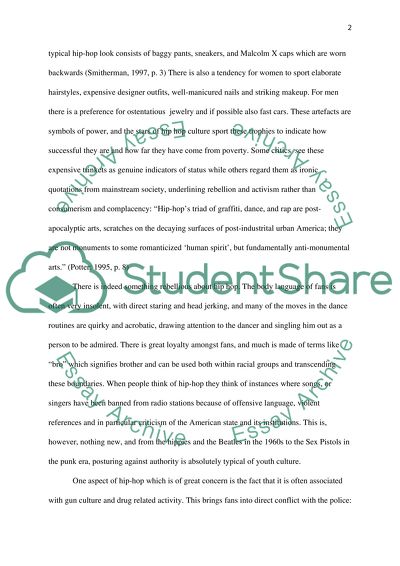Cite this document
(“Hip Hop's effects on violence Essay Example | Topics and Well Written Essays - 2000 words”, n.d.)
Retrieved from https://studentshare.org/environmental-studies/1411879-hip-hop-s-effects-on-violence
Retrieved from https://studentshare.org/environmental-studies/1411879-hip-hop-s-effects-on-violence
(Hip Hop'S Effects on Violence Essay Example | Topics and Well Written Essays - 2000 Words)
https://studentshare.org/environmental-studies/1411879-hip-hop-s-effects-on-violence.
https://studentshare.org/environmental-studies/1411879-hip-hop-s-effects-on-violence.
“Hip Hop'S Effects on Violence Essay Example | Topics and Well Written Essays - 2000 Words”, n.d. https://studentshare.org/environmental-studies/1411879-hip-hop-s-effects-on-violence.


